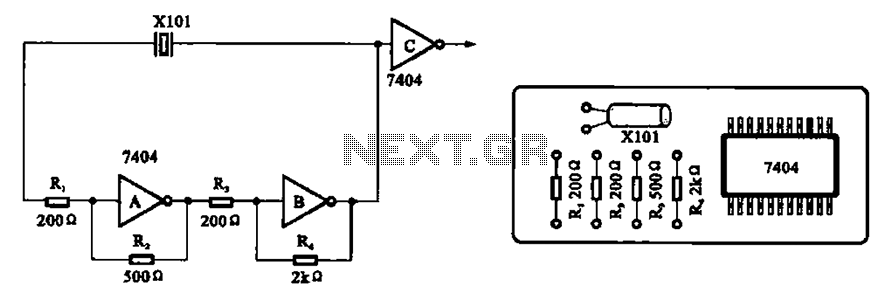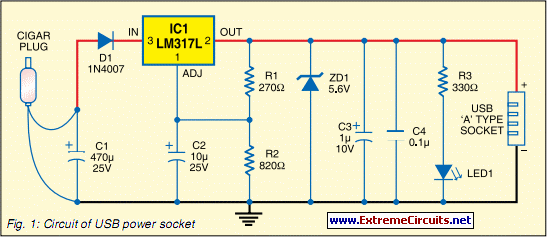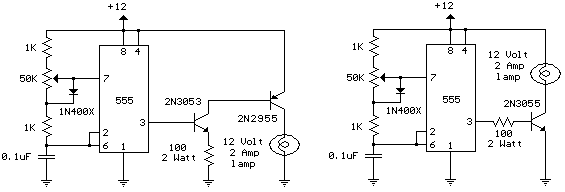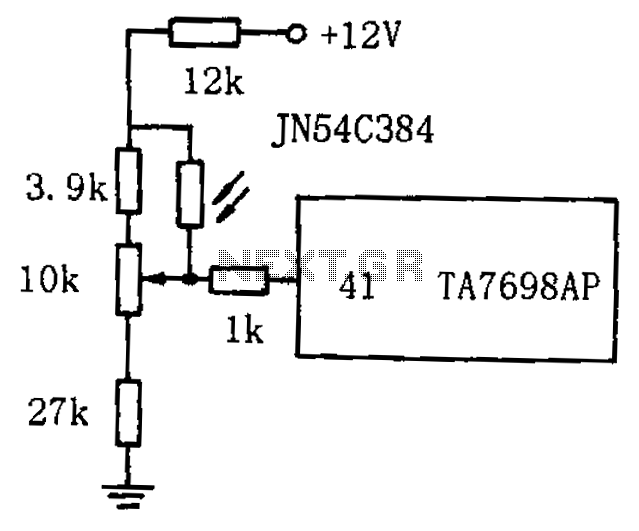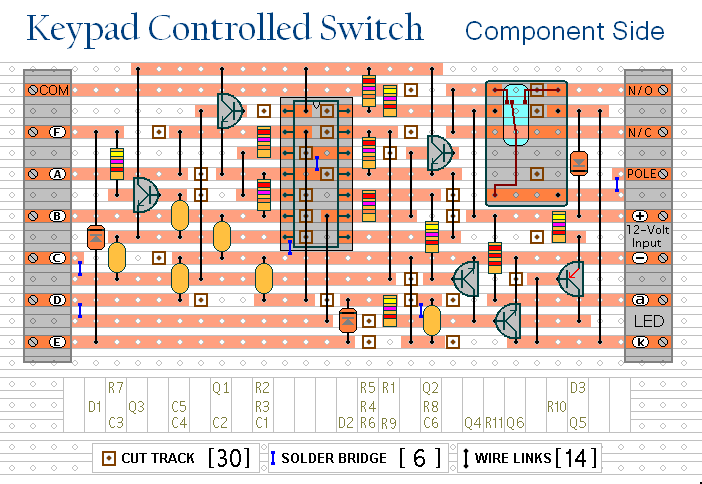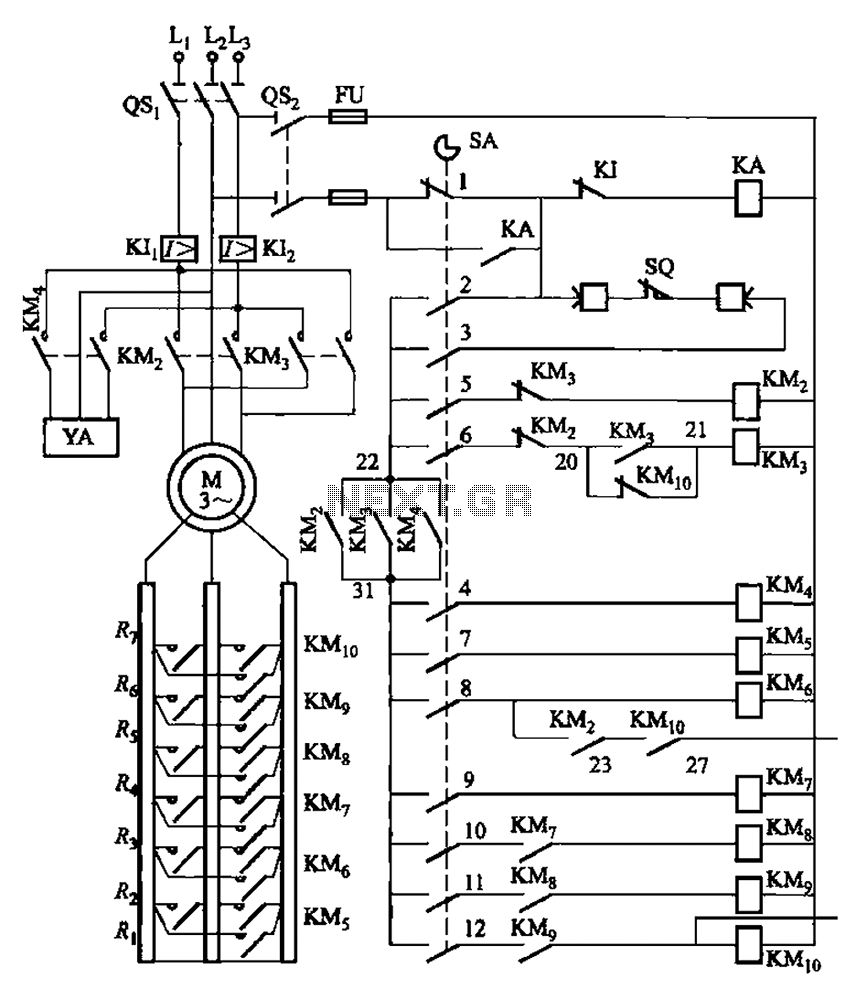
Current-Driven Sallen Key Filter Circuit

The low-pass Sallen-Key filter is a staple for designers because it contains few components. By redesigning the filter, a current-to-voltage conversion can be avoided when the input signal to be filtered is in current form.
The Sallen-Key filter is a widely utilized active filter configuration due to its simplicity and effectiveness in signal processing applications. It typically consists of two operational amplifiers (op-amps) and a minimal number of passive components, such as resistors and capacitors. The design allows for easy adjustments to the cut-off frequency and gain, making it versatile for various applications.
In the context of current signal processing, the Sallen-Key filter can be redesigned to directly handle current inputs. This modification eliminates the need for an initial current-to-voltage conversion stage, which can introduce additional complexity and potential signal degradation. By integrating the filter design to accept current inputs directly, the overall circuit can achieve greater efficiency and improved performance, particularly in applications where the input signal is naturally in current form, such as in sensor outputs or certain communication systems.
The standard topology of the Sallen-Key filter can be adjusted by incorporating current feedback techniques. This involves configuring the op-amps to operate in a transimpedance mode, where the input current is converted to a voltage while still maintaining the filtering characteristics. The selection of resistor and capacitor values will dictate the filter’s cut-off frequency and quality factor, ensuring that the desired frequency response is achieved for the specific application.
Overall, the low-pass Sallen-Key filter offers an efficient solution for current signal filtering, maintaining simplicity in design while providing flexibility and performance in electronic circuit applications. The low-pass Sallen-Key filter is staple for designers because it contains few components (A). By redesigning the filter, a current to voltage conversion can be avoided when the input signal to be filtered is in current form (B).
The Sallen-Key filter is a widely utilized active filter configuration due to its simplicity and effectiveness in signal processing applications. It typically consists of two operational amplifiers (op-amps) and a minimal number of passive components, such as resistors and capacitors. The design allows for easy adjustments to the cut-off frequency and gain, making it versatile for various applications.
In the context of current signal processing, the Sallen-Key filter can be redesigned to directly handle current inputs. This modification eliminates the need for an initial current-to-voltage conversion stage, which can introduce additional complexity and potential signal degradation. By integrating the filter design to accept current inputs directly, the overall circuit can achieve greater efficiency and improved performance, particularly in applications where the input signal is naturally in current form, such as in sensor outputs or certain communication systems.
The standard topology of the Sallen-Key filter can be adjusted by incorporating current feedback techniques. This involves configuring the op-amps to operate in a transimpedance mode, where the input current is converted to a voltage while still maintaining the filtering characteristics. The selection of resistor and capacitor values will dictate the filter’s cut-off frequency and quality factor, ensuring that the desired frequency response is achieved for the specific application.
Overall, the low-pass Sallen-Key filter offers an efficient solution for current signal filtering, maintaining simplicity in design while providing flexibility and performance in electronic circuit applications. The low-pass Sallen-Key filter is staple for designers because it contains few components (A). By redesigning the filter, a current to voltage conversion can be avoided when the input signal to be filtered is in current form (B).
